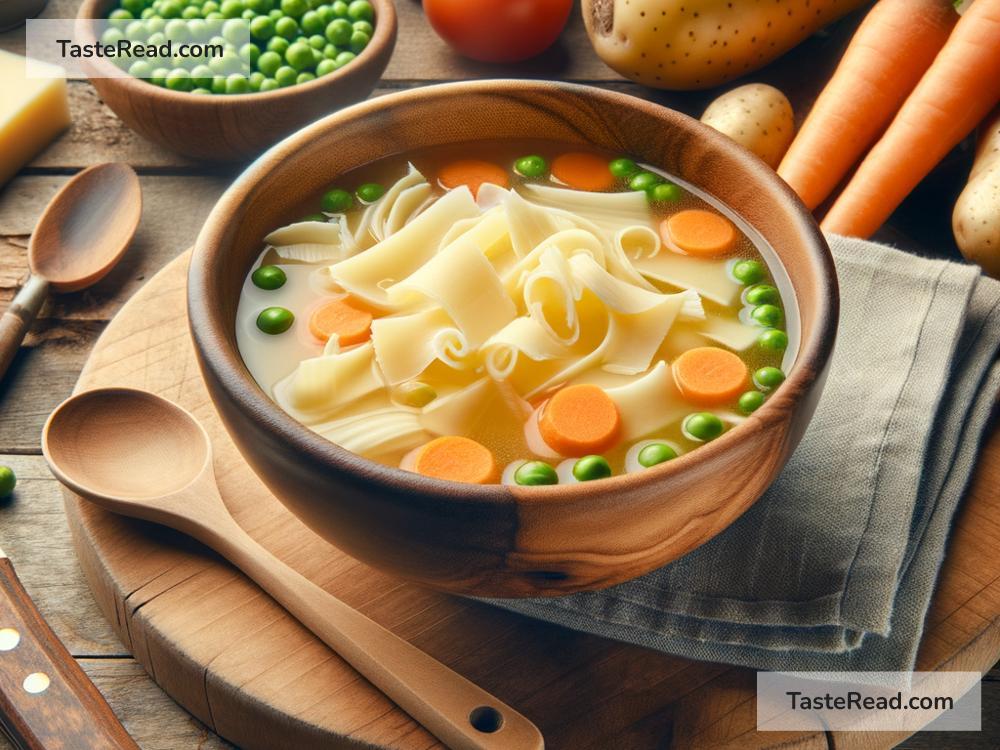Zero-Waste Cooking: Unlocking the Secret of Cheese Rinds in Broths
In a world where food waste is an ever-growing concern, a movement towards more sustainable cooking practices is something we can all get behind. Zero-waste cooking is a cornerstone of this movement, aiming to use every bit of our food, minimizing what we throw away. Today, let’s dive into a simple yet marvellously effective zero-waste cooking hack: transforming cheese rinds into delicious broths.
Understanding Zero-Waste Cooking
Before we get into the magic of cheese rinds, let’s talk a bit about what zero-waste cooking really means. It’s all about making the most of what we have in our kitchens, ensuring that nothing goes to waste. This could mean using vegetable peels for stocks, turning stale bread into croutons, or, as we’re discussing today, converting cheese rinds into flavorful broths.
The Hidden Potential of Cheese Rinds
Cheese rinds are often overlooked, discarded as inedible or useless. However, these hard exteriors of cheese hold an incredible amount of flavor. Many cheese rinds, especially from harder cheeses like Parmesan, Pecorino, or Gruyère, are perfect for infusing broths, soups, and stews with a rich, umami depth that you simply can’t achieve with other ingredients.
The process is surprisingly simple but makes a world of difference in your cooking. Instead of throwing away those rinds after you’ve used the cheese, save them. You can even freeze them until you’ve gathered enough to use in a recipe.
How to Use Cheese Rinds in Broths
-
Collect and Prepare: Start by saving your cheese rinds. Every time you finish a block of cheese, take the rind and store it in your freezer in a zip-lock bag.
-
Choose Your Broth Base: Whether you’re making a vegetable, chicken, or beef broth, the addition of a cheese rind can enhance its flavor profile.
-
Adding the Rinds: When you’re ready to make your broth or soup, simply add the cheese rind into the pot along with your other ingredients. If you’re using a smaller pot or making a less quantity, half or a quarter of a rind might be enough.
-
Simmer Away: Allow your broth to simmer with the cheese rinds. The longer it simmers, the more flavors will be released from the cheese rind. A good timeframe is at least an hour, but this can vary depending on the specific recipe.
-
Remove and Serve: Once your broth is done, remember to remove the cheese rind before serving. It’s done its job of infusing your broth with a delightful cheesy essence.
Benefits Beyond Taste
Reducing Food Waste
By utilizing cheese rinds in this manner, we’re taking a solid step towards reducing food waste. It’s a small action, but when adopted widely, it can lead to significant positive environmental impacts.
Added Nutrition
Cheese rinds, particularly from cheeses made without artificial preservatives, can introduce additional nutrients into your broth. While they’re simmering away, they release calcium and beneficial bacteria into your broth, making it not just tastier but also healthier.
Saving Money
Zero-waste cooking practices such as using cheese rinds in broths also mean saving money. Instead of buying new ingredients to enhance your soups or buying pre-made stocks, you’re using something you already have. Over time, these savings can add up.
Getting Creative
The wonderful thing about cooking with cheese rinds is the versatility it brings. You can experiment with different types of cheese rinds in various soups, stews, and broths. Each cheese rind will introduce a unique flavor profile, offering endless opportunities for culinary creativity.
Imagine a simple vegetable broth taken to the next level with the addition of a Parmesan rind, or a hearty bean stew enriched with the flavor of a Gruyère rind. The possibilities are truly exciting.
In Conclusion
Embracing zero-waste cooking by using cheese rinds in broths is a simple, effective, and delicious way to make the most out of our food. It speaks volumes about how a little creativity and mindfulness in the kitchen can lead to delightful culinary discoveries while contributing to a more sustainable world.
So, next time you find yourself at the end of a block of cheese, think twice before discarding that rind. It could be the secret ingredient your broth has been missing.


